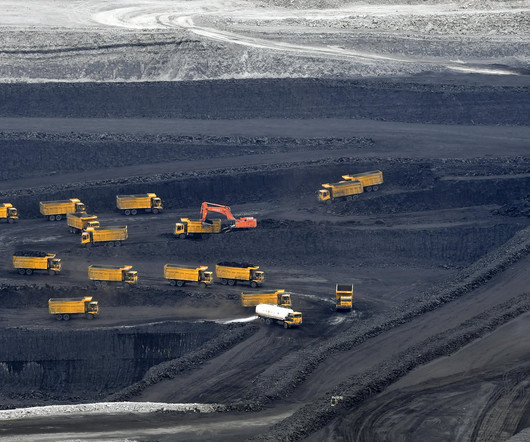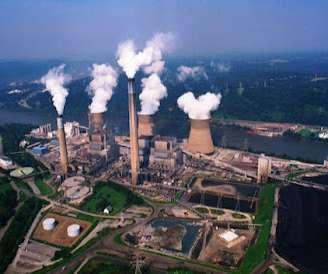Solar Panels Are More Carbon-Intensive Than Experts Admit
Environmental Progress
JULY 3, 2023
But, as we’ll see below, a new investigation led by a Mr Enrico Mariutti suggests that the number is closer to between 600 and 1200 gCO2/kWh, depending on the energy mix used to power PV production. The disruption happened in under a decade, with China’s global share of PV production surging from 14 percent in 2006 to 60 percent by 2013.


















Let's personalize your content